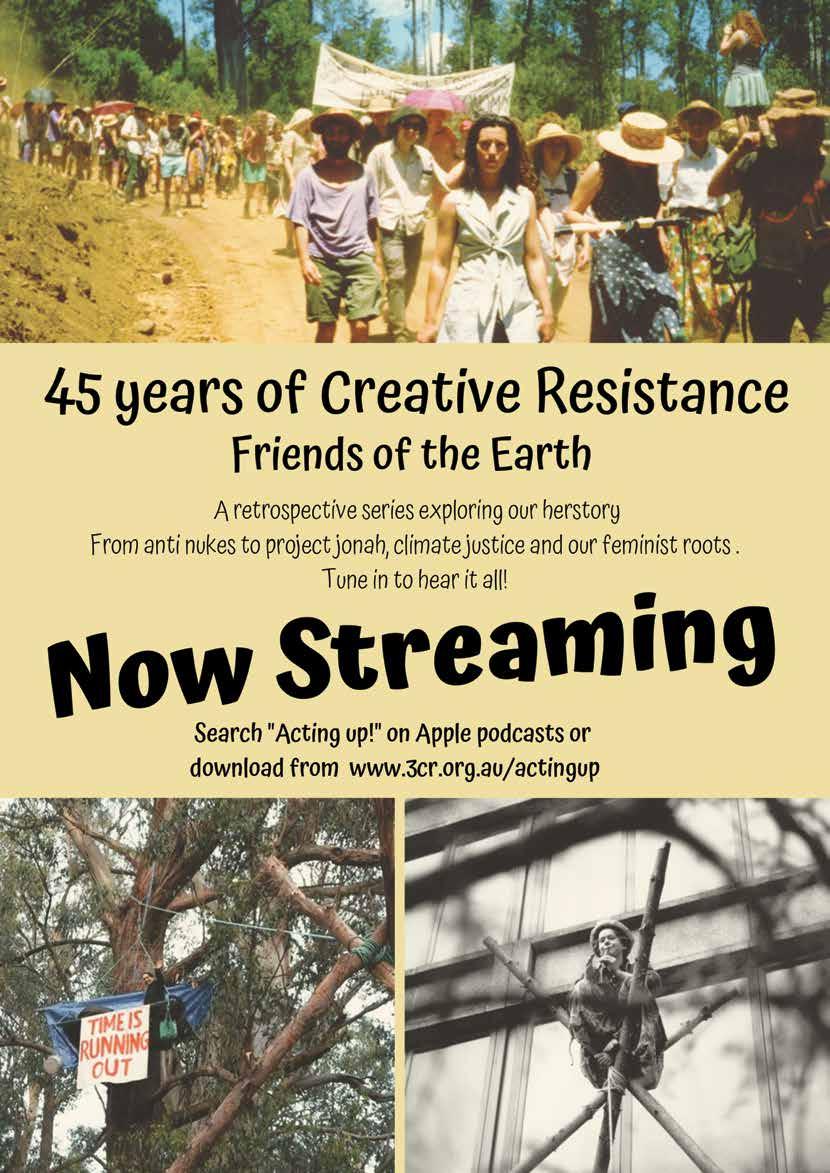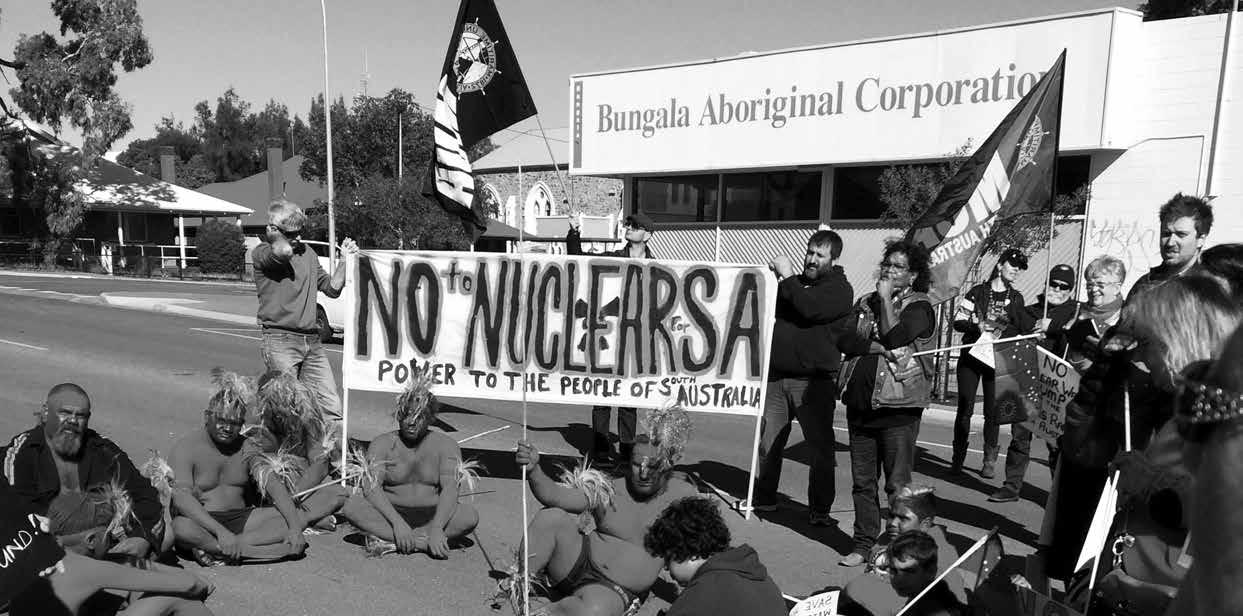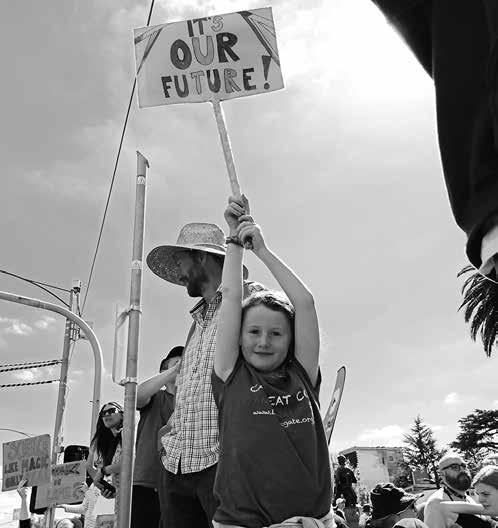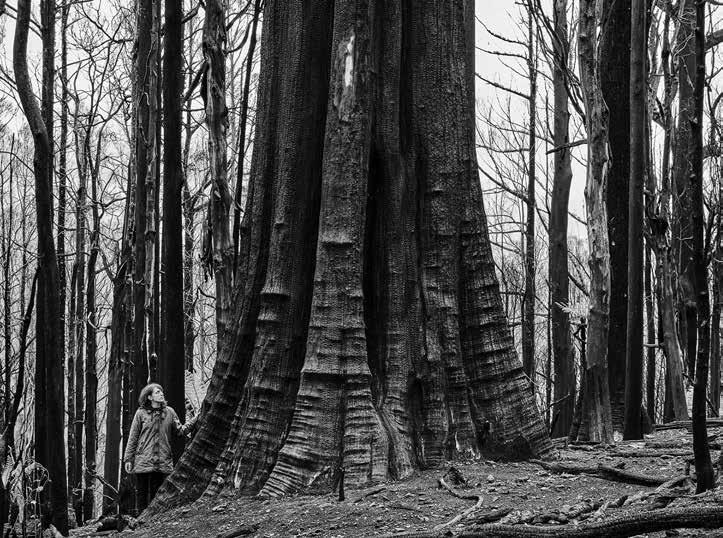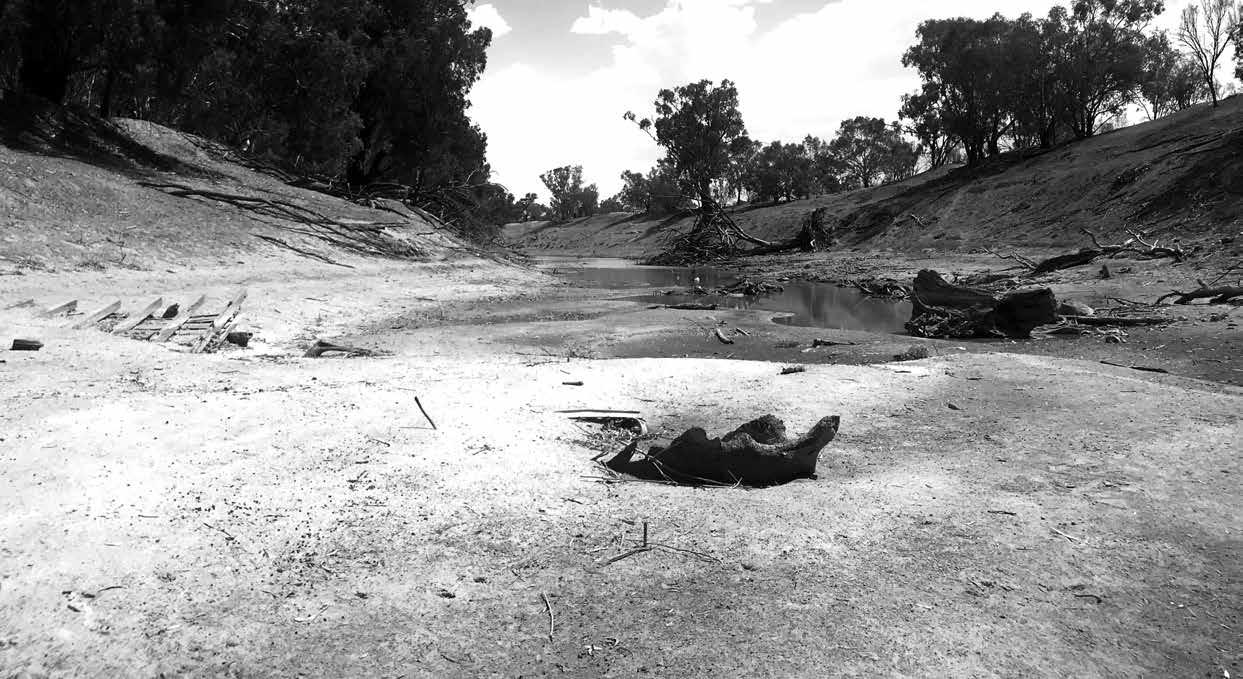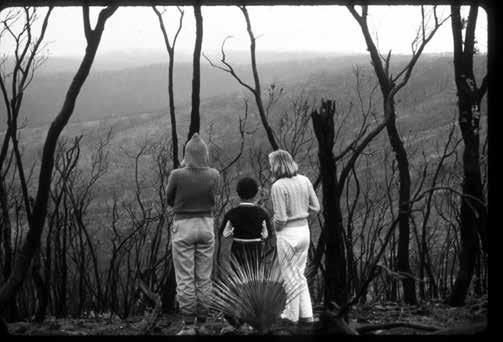The cautionary tale of some gene edited cattle Jonathan Latham
Looking around at the worlds of agriculture, biotechnology, and medicine it is not hard to find voices excited by the prospect of genome editing. Genome editing (a.k.a. gene editing) is the cutting and subsequent repair of DNA at targeted locations in the genome of a living cell. The genetic alterations thereby introduced will be applied, it is hoped, to agricultural breeding or cell-based medical therapies. We do not yet know how much of all this anticipation is hype and how much will bear fruit. But, alongside it looms another question that has had, undeservedly, far less attention. How should gene editing technologies, especially those that will be applied to agriculture, best be regulated to ensure public safety and food safety? With any new technology this is a question that inevitably arises. But in this case, it is one that is greatly sharpened by the discovery that an Australian company has begun breeding ‘hornless’ cattle produced by gene editing. These cattle originate from a company called Recombinetics, based in Minnesota, USA. Recombinetics reported the editing of these cattle in the scientific literature in 2016, as a world-first breakthrough in livestock production.1 The special interest of these hornless cattle is that the US regulator of these animals, the Food and Drug Administration (FDA), recently
published its finding that some of the cattle edited by Recombinetics contain, along with the intended edits, unintended genetic alterations.2 These alterations include inadvertent addition of genes coding for antibiotic resistance. Thus, whereas the developer believed that their hornless cattle are the products of precise editing, the FDA discovered otherwise. The public health significance of Recombinetics’ blunder is still being debated. What the FDA has shown clearly though, is that regulating gene edited organisms intended for agriculture and the food supply will not be simple. In a statement accompanying its discovery of the unanticipated antibiotic resistance, Steven M. Solomon, head of FDA’s Center for Veterinary Medicine, wrote that: “it is necessary for there to be regulatory oversight of intentional genomic alterations in animals, even when the intended modification seeks to replicate a naturally occurring mutation.”3 In contrast with this statement, Food Standards Australia New Zealand (FSANZ) recently proposed regulatory changes that would exempt many gene edited organisms from all scrutiny. The problem with this approach is starkly illustrated by the Recombinetics example. Under the FSANZ rules, what is or is not regulated will depend on what the applicant seeks to do and believes it has done rather than what it actually has done. In other words, it is regulation based on the fantasy of the GMO’s creator. This is not science or science-based regulation and it should not be accepted. We should all hope that FSANZ, and other regulators in other jurisdictions seeking to oversee gene editing, will resolve these differences on the side of public safety – by taking note of this cautionary tale. Dr. Jonathan Latham is a former genetic engineer, co-founder and Executive Director of the Bioscience Resource Project (https://bioscienceresource.org) and the Editor of Independent Science News (www.independentsciencenews.org).
References: 1. www.nature.com/articles/nbt.3560 2. www.nature.com/articles/s41587-019-0394-6 3. www.nature.com/articles/s41587-020-0413-7
www.foe.org.au
Chain Reaction #138
May 2020
19


